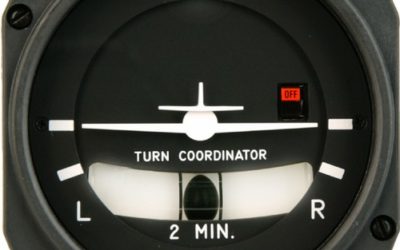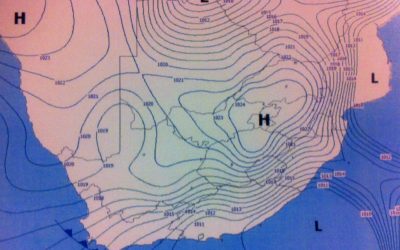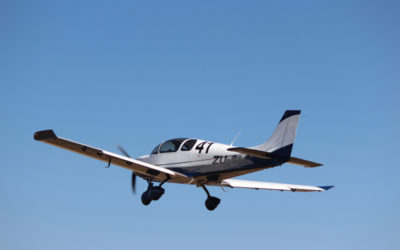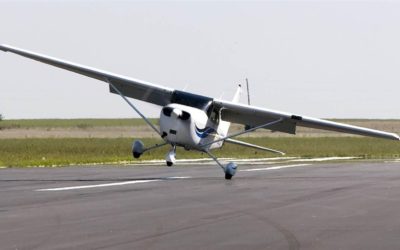What is a Rate 1 turn?
A rate 1 turn is a standardised rate of turn used in instrument approaches and holding patterns so that pilot action can be predictable by both controllers and other traffic. It is referred to as 'rate 1' because whatever angle of bank is used, the result should equal...
Why You need to take care when flying from high to low pressure areas
When starting flying lessons, we are given a lot of sound advice, but over time, especially if you don’t fly longer cross country trips on a regular basis, the warnings become faded and are sometimes forgotten. One of these wicked phrases that we were all taught is ‘High to low, careful go!’, but understanding what this means can be a challenge.
Ground Effect – Your Friend or Foe?
A phenomenon which affects aircraft when manoeuvring close to the ground, ground effect is something all pilots should consider on take-off and landing. It can prove to be your greatest enemy if you are caught off-guard, or you can make friends, and use it to...
How temperature inversions affect flying conditions
If you have ever flown over, or near, any big city on a cold winter’s morning you may have noticed a ‘dirty’ layer of air in your path. This is most likely an inversion layer, and without understanding the causes leading to its presence, it could challenge your piloting skills
IFR Alternate Aerodromes Explained
You may be thinking the obvious, that an alternate aerodrome is an optional aerodrome, selected by the pilot, just in case the paw-paw hits the fan…
What is RVR – Runway Visual Range?
RVR, or Runway Visual Range is something that you will usually hear on an ATIS report or see on the Metar when visibility is on the poor side, it is also the main criteria for instrument approaches, but what exactly is it?
What is the difference between Angle of Attack and Angle of Incidence?
There are two important angles, when it comes to wings, which determine whether the aircraft will in fact fly, and how it will fly – the angle of attack and the angle of incidence. The two can be confusing, so let’s clear them up:
Understanding how a Pressure Altimeter works
The pressure altimeter is not a fancy instrument, but despite it being invented by American Paul Kollsman, way back in 1928, not much has changed, It is, however, a rather important instrument, especially when it comes to terrain clearance, and poor visibility. As pilot, it is essential to understand how it works, the settings, and how it can lie to you…
How to Calculate the Crosswind Component ‘on the fly’
When crosswinds present themselves, these can quickly throw you off the runway if you are not prepared. Here’s how to calculate how much of a crosswind you have…
How to Become a Pilot in South Africa
It usually all starts with your eyes turned up to the sky, and a dream of flying those magnificent machines called aircraft. Practically, however, school career guidance councillors, if available, are often not informed on the process of how to become a pilot, so here is my suggested guide:










